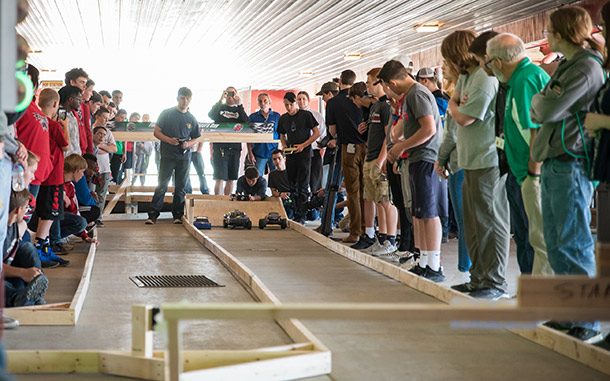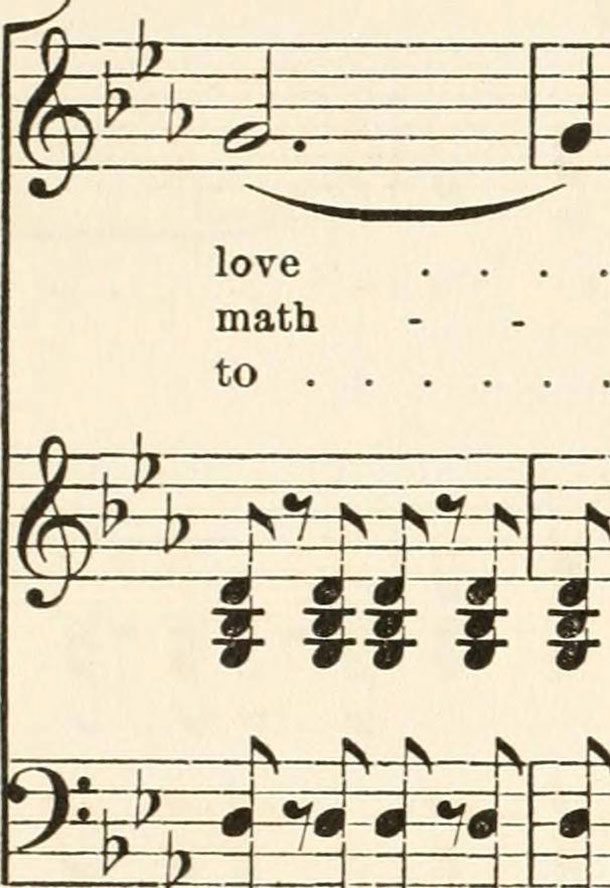So many students struggle with math and buy into these myths. It’s frustrating to see them struggle, especially when you have no idea how to help them overcome it. Most of the time you’re probably just hoping you can help them barely pass so they don’t have to worry about it anymore. I know the struggle. I was one of those kids growing up, and I’m one of those parents right now. The good news is you don’t have to settle or succumb to your child’s frustration with math. I went from hating math as a kid to overcoming my math anxiety and loving it. If I can do it, you can get your students to love math, too! Now more than any other time, math related materials abound online. From YouTube videos to math games, teachers, parents, and students have a wide variety of math resources at their disposal. So, why aren’t kids better at math today than ever before? Turns out, you can have all the resources in the world and some of your students still won’t want anything to do with math. So, how do you help them have a positive attitude and fall in love with math? It’s not as hard as it sounds. If you make a few simple changes to your approach, it could mean radically changing their perspective and becoming a math lover in no time. So, get your notepad ready, here are several ways to help your child love math. It’s sad to say, but an increasing number of students suffer from math anxiety. This is when students believe they’re incapable of being successful in math and fear the classes, tests, and assignments. Usually it occurs when students start believing lies and myths about themselves and the subject of math. As a result, it will debilitate their ability to learn math and become a self-fulling prophecy. Fortunately, you and your student can overcome it. First, be the leader and show confidence in their ability to do math. When teachers believed in me, I felt more confident as a result; on the other hand, when teachers belittled me, my math anxiety went through the roof. It’s important not to reinforce the myths, like counting on your fingers is bad, that there are better ways to do math problems, or that some have “math mind” and others don’t. Shoot these myths down immediately. If you need to, help your students review early and basic mathematics and vocabulary and build on top of that foundation. Teach your students that only practice and repetition will help them succeed in math. Lastly, help your students pinpoint their feelings of math anxiety and help them reduce it through positive self-talk. Encourage only positive attitudes and positive talk about math. Positivity reduces anxiety. So, parents, I’m talking to you. Start taking an active role and start loving math yourself. When kids see their parents having an interest in math, they will follow suit, but when parents don’t care, they’ll stop caring, too. When I was in school, getting answers wrong on math assignments or tests was embarrassing, discouraging, and made me feel less-than, stupid, and only increased my math anxiety. Rather than being taught to learn from what I did wrong, I was shamed for it. As a teacher, you need to cultivate an open environment of exploration, curiosity, and a love to learn. The only way to do that is to let kids know it’s okay to fail once in a while and that getting things wrong is part of the learning process. Even the best mathematicians get math problems wrong! When your students get a math problem wrong, make it positive, ask them to go back over it, and encourage them to explore how to fix it. When you do this, they won’t feel ashamed for getting it wrong, and they’ll try to own the problem rather than run away from it. Many kids need to know the “why” of things, and if they don’t get it, they’ll likely tune out. So, whether you’re dealing with measurements or fractions, try to find real-life applications and connections. Kids who need the “why” will suddenly have a found vigor for the subject. For games, I’ve found Cribbage, Chess, and even Scrabble can be used to teach kids how to use math. Also, while shopping, I’ll give my kids their own budgets and have them add up prices using basic equations. Instead, teachers can be the first line of offense to help build a culture of ownership with their students, encouraging them to own their outcomes by putting in the work and exploring other forms of math, like programming and engineering. Studies have shown that when students take ownership of their work and their education, they are much more successful than those that don’t. A classic device used in math is the order of operations term PEMDAS (Please excuse my dear Aunt Sally) or Parentheses, Exponents, Multiplication, Division, Addition, Subtraction. That alone helped me succeed on so many math tests in middle school. Aside from that, also consider using short songs and jingles. They help reinforce mathematical rules and are a great way to make math fun and highly memorable. If you come up with the right jingles, your students will be singing those songs on repeat for weeks. First, you need to make math fun and exciting. The best way to do this is to let the kids play a variety of math games. Try playing math bingo, hop-scotch math, or pizza fractions. There’s a variety of games and fun activities to pull kids out of the textbook and into colorful and unique learning. You should also incorporate activity into your lessons, getting your kids out of their desks and moving around. It’s also helpful to give your students choices. When a student is able to make more choices, they’ll be more engaged and take ownership. Lastly, develop discourse skills with your students rather than only answering teacher-directed questions. Allowing your students to have discussions about math topics will only increase their interest and engagement.






































